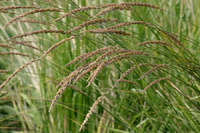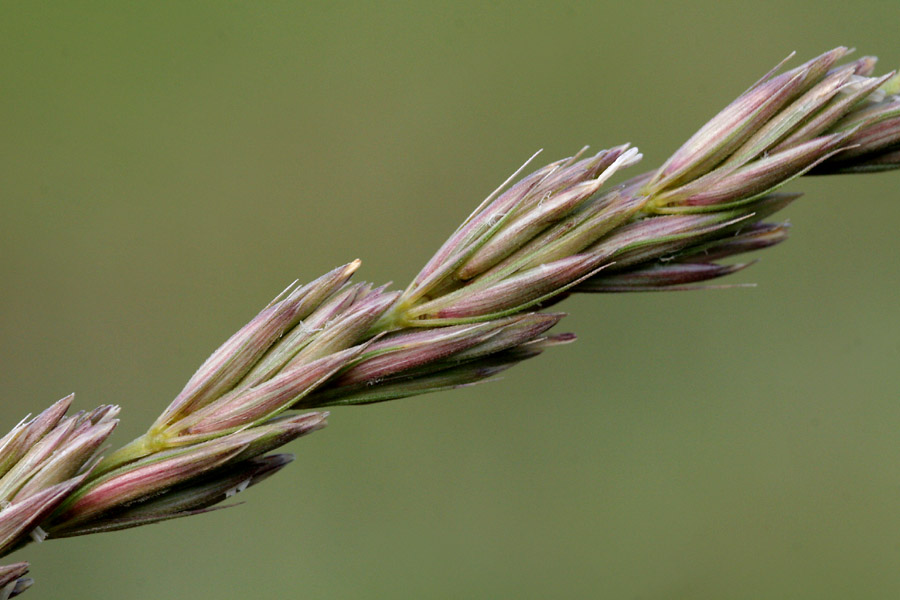|
|
 Seedheads Patrick Alexander @http://swbiodiversity.org, Usage Rights: Creative Commons Attribution-ShareAlike (CC BY-SA) |  Spikelets Patrick Alexander @http://swbiodiversity.org, Usage Rights: Creative Commons Attribution-ShareAlike (CC BY-SA) | | | | |
|
| | |
Origin: Native Season: Warm
Habitat Description: Grows along streams, gullies, and roadsides, gravelly to sandy areas in sagebrush and open woodlands, moderately dry open places.
Plant Communities:Interior Chaparral, Semidesert Grasslands, Pinyon Juniper Woodland, Riparian, Disturbed Areas
Elevation: 1950 - 9500 feet
Desc:
Robust plants grow in clumps 1 to 3 feet wide, are rhizomatous and usually bright green. Stems are hairy, up to 7 feet tall, 1/4 inch thick and densely arranged. Basin wildrye is the largest cool-season perennial bunchgrass native to the western U.S.
Identification Notes: Strongly tufted; seedheads are thick spikes with mostly 2 to 4 spikelets per node; lemmas hairy, awnless or awned tipped, blades 3 to 12 mm wide; culms 70 to 270 cm tall.
Grass Type: Perennial bunchgrass Rhizomes: Y Stolons: N
Large Dense Clump (> 2 feet): Y Bushy (highly branched): N
Height with Seedheads: Greater than 36 inches
Seedhead Structure: Unbranched Seedhead Droops: N
Flowering Period: Jun - Aug
Number of Flowers per Spikelet: Multi-flowered Spikelets One-sided: N
Awns: Less than 1/4 inch Three Awns: N Awns Bent: N
Flower and Seedhead Notes: Seedheads 6 to 10 inches long, dense, unbranched cylindrical spike with up to 35 nodes, each node having 2 to 7 spikelets per node, spikelets 3 to 7 flowered.
Blade Hairy:
N
Blade with White Margins:
N
Blade Cross section:
Flat or involute
Blade Notes:
Basin wildrye has leaf blades 15 to 25 inches long and up to 3/4 inch wide.
Sheath Hairy:
Y
Tuft of Hairs at top of Sheath or Collar:
N
Ligules:
Membranous
Auricles (Ear-like lobes at collar area:
Y
Forage Value:
The early growth and abundant production of basin wildrye make it a valuable source of forage for livestock and wildlife.
|
|